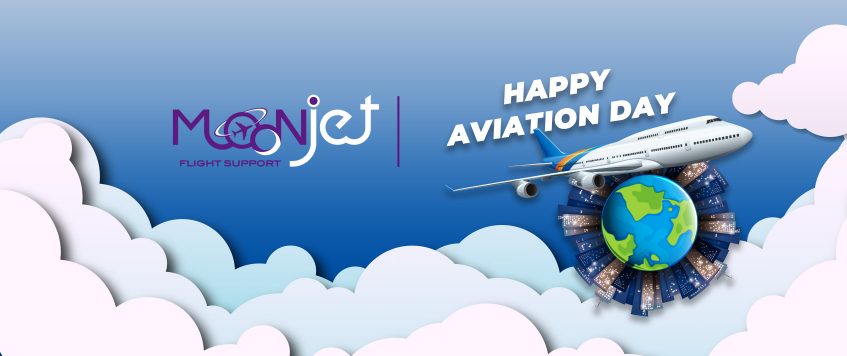-
19
Aug
Happy National Aviation Day
National Aviation Day on August 19th recognizes the pioneers of human flight.
For centuries, humans have been fascinated by flight. In ancient China, kites few to investigate the weather. Inventors such as Leonardo da Vinci developed many ideas about flight. Gliders and balloons lifted humans into the sky, but none of the inventions gave a person control of where they flew.
Before Powered Flight
The physics of flight and propulsion play key roles in who became pioneers. George Cayley used aerodynamics while designing fixed-wing aircraft. His designs would later inspire Orville and Wilbur Wright.
Since propulsion is one of the primary requirements to lift a human into the sky for flight, it would make sense that an engine could provide that power. Samuel Langley, an astronomer from Boston, designed a steam-powered model called an aerodrome in 1891. It flew for 3/4ths of a mile.
After receiving a grant to build a full-sized aerodrome, Langley’s first test crashed. He never made another attempt.
First Powered Flight
In a bicycle shop in Dayton, Ohio, two inventors eagerly began testing their ideas about flight. Brothers, Orville and Wilbur Wright, had studied Octave Chanute’s 1894 Progress in Flying Machines. The brothers set to work testing their designs, first with gliders. Eventually, they sought to add an engine.
Two American inventors and aviation pioneers, the Wright brothers are credited with inventing and building the world’s first successful airplane and making the first controlled powered and sustained heavier-than-air human flight on December 17, 1903.
In 1902, Charles Edward Taylor joined their team in pursuit of powered flight. Since automobile companies couldn’t supply an engine light enough and powerful enough, they would have to build it. Taylor, a machinist, set to work building the 12-horsepower engine. It took Taylor 6 weeks to build the engine.
After completing the design, in September of 1903 Wrights returned to Kitty Hawk, North Carolina. Just months before, they had successfully tested their glider. However, setbacks and weather postponed the powered flight.
It wasn’t until mid-December that the brothers finally felt all was in order. After flipping a coin to decide who would pilot the machine, Wilbur climbed aboard. The first attempt failed, only flying 3.5 seconds. However, the brothers learned what worked.
The next attempt on December 17, 1903, Orville took the controls. After launching, the machine flew for 120 feet. Man flew.
Since that day, aviation exploded into the skies. Its applications became immediately apparent to the military.
The Wrights consulted with the Army for several years after their success.
Now that humans could fly, they set new challenges – flying across oceans, around the world, and into space.
In 1939, President Franklin Delano Roosevelt established National Aviation Day by presidential proclamation designating the anniversary of Orville Wright’s birthday for the observance. Born August 19, 1871, Orville Wright was still living when President Roosevelt issued the proclamation. Orville Wright continued living for nine more years until his death in 1948.
All federal buildings and installations desired to fly the U.S. flag on this day.
